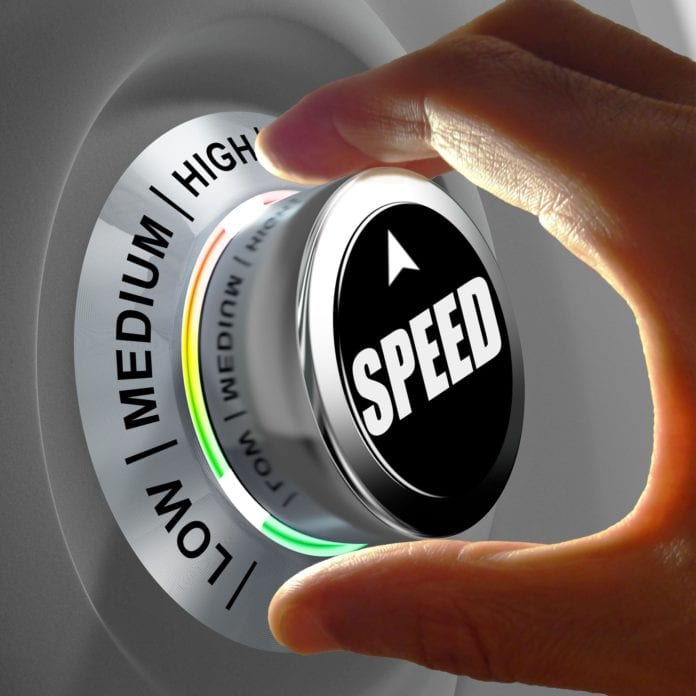AT&T continues its “5G Evolution” push in Indianapolis
AT&T is delivering on its promise to bring LTE Advanced Pro speeds — and “5G” marketing — to Indianapolis, with the announcement that it has implemented a number of new features that will increase network speeds for users with certain devices.
AT&T first launched its “5G Evolution” initiative in parts of Austin in April and plans to expand it to more than 20 metro areas by the end of this year. Some of those cities include Los Angeles, Chicago, San Francisco, Boston and Atlanta.
The speed increase is accomplished through LTE Advanced Pro features such as three-component carrier carrier aggregation, 256 QAM, and 4×4 multiple-input-multiple-output, which are supported only on the Samsung Galaxy S8 and S8+ devices — although AT&T said that it plans to launch more devices in the coming months that can support those features. By the end of the year, AT&T said that it expects to deploy 4CC carrier aggregation as well as License-Assisted Access use of LTE in unlicensed spectrum — which it is testing in both San Francisco and Indianapolis.
AT&T drew fire when it first launched 5G Evolution for putting 5G marketing out that is actually backed by 4G LTE features. According to an AT&T statement, the carrier describes its network investments as “laying the foundation for our evolution to 5G while 5G standards are being finalized.”
AT&T said that it invested more than $350 million in its wired and wireless networks in Indianapolis between 2014 to 2016, including a new distributed antenna system and more capacity for nine existing DAS at large venues.
Sprint updates software to address slow speeds on two devices
Meanwhile, Sprint fixed an issue that the company said impacted the results of recent network testing by PC Mag: a software update to the Samsung Galaxy S8 and the HTC U11 that a carrier spokesperson said increases increase average download speeds by at least 20% because it “fixes an issue that was limiting the devices’ time spent on our fastest spectrum band – band 41/2.5 GHz.”
The update was released in early June, and according to a PC Mag update, “Galaxy S8 average LTE download speeds jumped by 20 percent from 21.9Mbps to 26.4Mbps. The update didn’t affect upload speeds.”
Device issue impacted @Sprint results in @PCMag’s recent report. We fixed the issue. Speeds increased 20% or more! https://t.co/0r0UzjzNJo
— Marcelo Claure (@marceloclaure) July 12, 2017
Image copyright: 1tjf / 123RF Stock Photo

